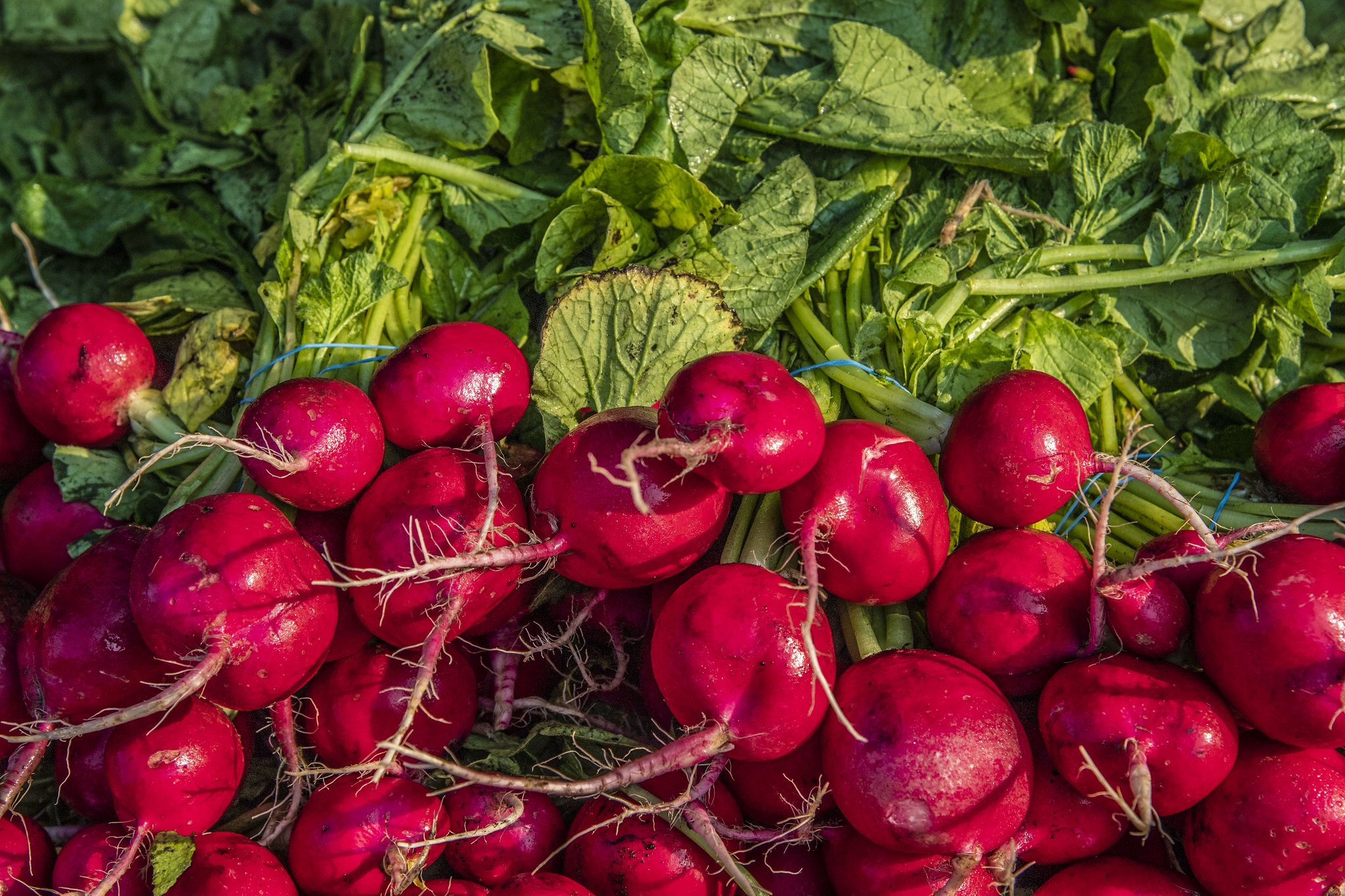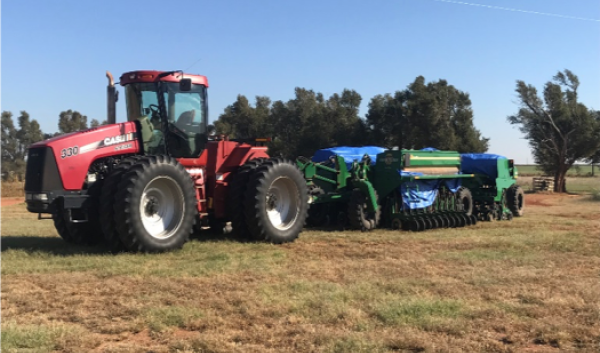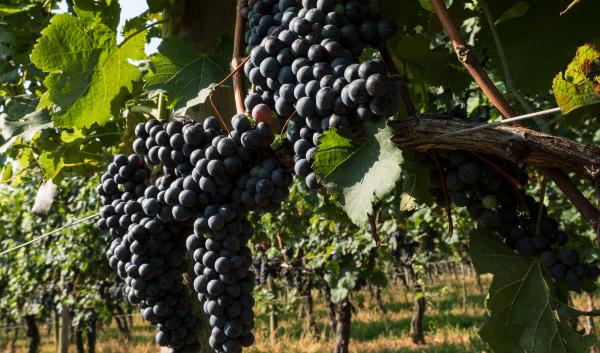Crops
 The effects of climate change on crop production will vary by region, and will largely be a factor of impacts on resources important to agricultural production, such as soil and water.
The effects of climate change on crop production will vary by region, and will largely be a factor of impacts on resources important to agricultural production, such as soil and water.
Soils provide a wide variety of ecosystem services, including regulating carbon through sequestration and providing a structure to support crop plants. Erosion of soil, the primary source for soil particles to leave agricultural fields, may increase in certain areas of the U.S. due to climate change. Some areas of the country will experience less rainfall, causing soils to dry out. Combined with higher winds, this may lead to higher rates of wind erosion. Other areas may experience more intensive rainstorms, which can increase erosion rates by washing out stream banks, for example. Other factors affecting soil erosion that may increase or decrease due to climate change include changing irrigation needs, snowmelt patterns, soil erodibility, conservation practices, and topography.
Continue to the full text Croplands in a Changing Climate or browse related content:
-
University of Maryland Ornamental Irrigation Research
Nurseries and greenhouses are intensive production spaces where careful water management is critical to business. As…
-
Adaptation Workbook Case Study: Pope Hilltop Farm in Loyal, Oklahoma
Steve Pope is the manager and operator of a diverse farming and ranching operation in Kingfisher County, Oklahoma…
-
Saltwater Intrusion: A Growing Threat to Coastal Agriculture
Researchers are showing that large storms are becoming more frequent, high tides are reaching farther inland, and…
-
Dust Mitigation Handbook
Dust emission from cropland and rangeland is problematic in many areas, particularly where dry conditions and high wind…
-
Climate Adaptation and Mitigation Fellowship
The Climate Adaptation and Mitigation Fellowship curriculum provides farmers, foresters, and advisors with the…
-
Northeast Specialty Crop Water Symposium
A two-day event geared towards all things agriculture and water-use efficiency.
-
Exploring Western Perennial Crop Cultivation in a Changing Climate
New tool models site suitability for five, high-value crops under climate change by considering temperature, crop…
-
Midwest U.S. Climate Resiliency Toolkit
Increasing humidity and precipitation and rising extreme temperatures are having negative impacts across the Midwest.…
-
No-Till: From Science to Practice
No-till is not a new concept — in fact, it has been a management practice for several decades, but perhaps gained the…









